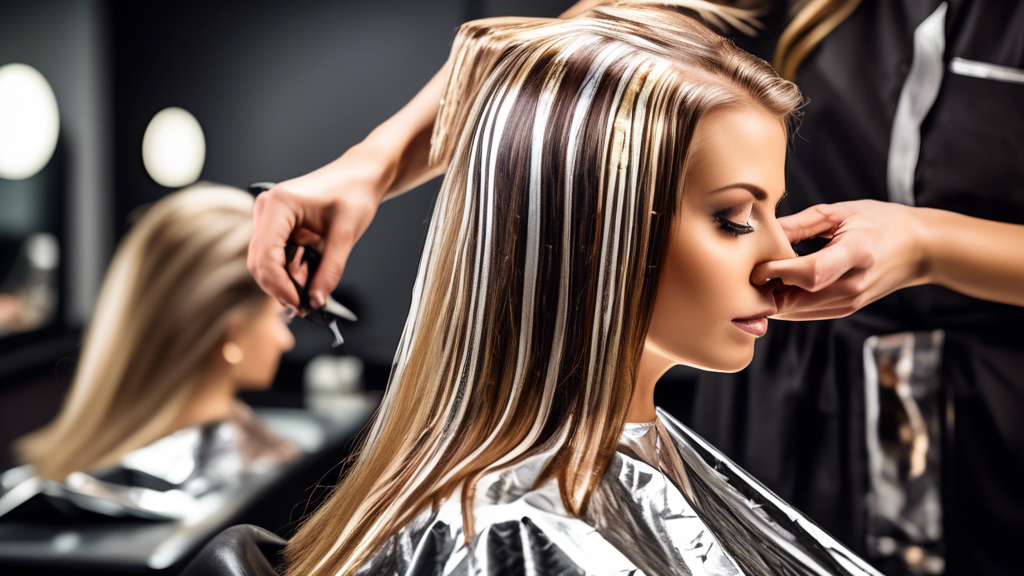Highlighting hair is a popular technique used to add depth, dimension, and a natural glow to your hair. One of the most effective methods for achieving beautiful highlights is through the use of hair foils. This guide will help you understand how hair foils work, different highlighting techniques, and tips for achieving the best results.
What Are Hair Foils?
Hair foils are thin sheets of aluminum or paper used in the hair coloring process. They isolate sections of hair to prevent the coloring agent from bleeding onto other strands. Foils also help to evenly distribute the hair dye, ensuring that each section receives an equal amount of color for consistent results.
The Role of Hair Foils in Highlighting
When it comes to highlighting, hair foils offer several advantages:
- Precision: Foils allow for precise application of the colorant. This precision makes it easier to create specific patterns or effects.
- Control: With foils, the colorist can control which sections of hair are colored and which remain untouched, making it possible to achieve a natural, sun-kissed look.
- Optimal Lightening: Foils help to trap heat, which can accelerate the lightening process, resulting in brighter and more noticeable highlights.
- Protection: They prevent the dye from spreading to other parts of the hair, ensuring that only the intended sections get colored.
Different Highlighting Techniques Using Foils
There are several techniques for applying foils to create different highlighting effects:
1. Traditional Highlights
This is the most common technique, where foils are placed evenly throughout the hair to create uniform highlights. The colorist takes even sections of hair, applies the lightener, and wraps each section in foil. This method is ideal for those looking for a consistent and balanced look.
2. Balayage
Although balayage is traditionally a freehand technique, it can be combined with foils for a more intense effect. The colorist paints the dye onto the hair in sweeping motions, then uses foils to intensify the lightening process, resulting in a more dramatic and vibrant look.
3. Babylights
Babylights involve taking very fine sections of hair and applying a subtle lightener to mimic the natural highlights seen in children's hair. Using foils for babylights ensures precise application and a seamless blend with the natural hair color.
4. Lowlights
Lowlights use darker shades to add depth and contrast to the hair. While traditionally not requiring foils, using them can help in evenly applying the darker color and preventing unwanted mixing with lighter strands. This technique is excellent for those looking to add dimension to their hair without going too light.
Tips for Achieving the Best Highlighting Results
Follow these tips for the best results when using hair foils for highlights:
- Consult a Professional: While DIY kits are available, professional colorists have the expertise to create the best possible outcome.
- Choose the Right Shade: Select a highlighting shade that complements your natural hair color for the most flattering results.
- Maintain Your Highlights: Use color-safe shampoos and conditioners to preserve the vibrancy of your highlights.
- Regular Touch-Ups: Schedule touch-ups every 6-8 weeks to maintain an even and fresh appearance.
- Minimize Damage: Always condition your hair well before and after the highlighting process to prevent damage and maintain hair health.
Conclusion
Hair foils are a versatile tool in the world of hair highlighting, offering precision, control, and superior results. Whether you are going for traditional highlights, babylights, or balayage, understanding how to use foils effectively can help you achieve the look you desire. With the right technique and aftercare, you can enjoy beautifully highlighted hair that adds stunning dimension and vibrancy to your locks.

